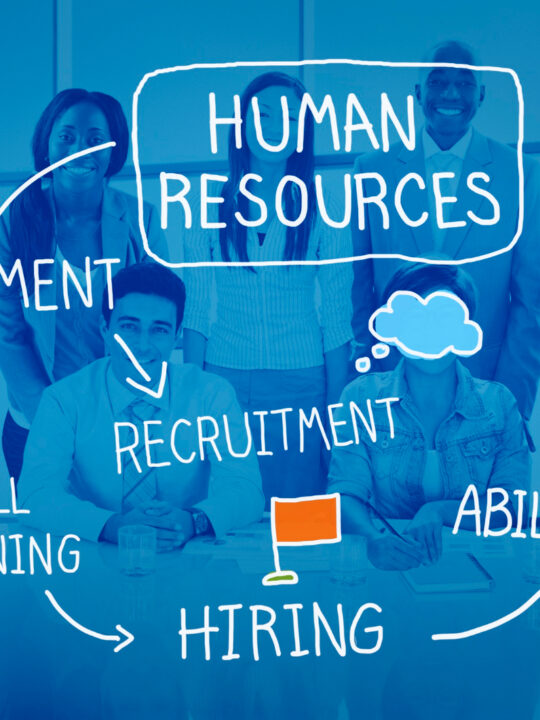 In fall of 2019, 19.9 million students enrolled in college. Out of this number, 7.8 million attended part-time while 12.1 million attended full-time.
In fall of 2019, 19.9 million students enrolled in college. Out of this number, 7.8 million attended part-time while 12.1 million attended full-time.
If you’ve recently gone back to school, it doesn’t matter if you’re going to class part-time or full-time: you might be struggling to keep up and feel like your textbooks are overwhelming.
When you’re in school, it’s important that you know how to read a textbook efficiently so you can set yourself up for success and make the best use of your time. Keep reading to learn the best way to read a book.
Estimate the Time You Need Before You Start
So you have all your assigned readings, and you know which books you need to tackle. You can buy textbooks here and then figure out just how many pages there are in each textbook.
Once you’ve totaled up the number of pages in a book, multiply that by 5. This is the estimated time you’ll need to spend in total to read the whole thing.
But just because you’ve calculated 3 hours on a book doesn’t mean you’ll be able to read the whole thing from 2:00 pm until 5:00 pm.
Chances are, you’ll have distractions in life, such as daily hygiene habits, meals, and other responsibilities. Make sure you allow for a little extra time for reading each book so you don’t end up running out of time.
Break It Down Into Manageable Chunks
Textbooks are usually a few hundred pages long. Thinking about sitting down to read the entire thing in one or two goes can seem like a monumental task.
Even if your reading isn’t due until later, you’ll only be hurting yourself by putting off the entire thing until it’s too late.
The best thing to do is to break it down into manageable chunks. For instance, set a goal of 10 pages per day.
In addition, don’t try and finish your daily goal in one attempt. Maybe fit in 30 minutes of reading in the morning, another 30 in the afternoon, and another 30 in the evening after dinner.
Doesn’t this seem a lot more manageable than trying to read from 10:30 am until 12:00 pm?
Use the P2R Method
The P2R method can be extremely beneficial in helping you not only become a more active reader, but to also be a better notetaker.
P2R refers to 3 steps:
- Preview
- Read actively
- Review
We’ll discuss each step in more detail below.
Preview
When reading textbooks, don’t just jump straight into it. You need to first preview the book.
What we mean by this is you should take a look at the chapter names, as well as the starting and ending sentences of paragraphs. If there are pictures or graphs, take a quick look at those as well. And if there are chapter summaries and/or questions at the end, give those a look too.
When you have an initial idea of what you’re about to read, it can make reading the actual text a lot easier and quicker. This is because you have a clearer picture of the context of what you’re reading.
Read Actively
You might think that reading actively means taking notes or highlighting passages, but in fact, it means the opposite. This is the step where you dedicate your full attention to reading, which means as little distractions and interruptions as possible.
What you want to do is at least read an entire paragraph before you either jot down notes or highlight any important passages.
Fro notes, you can write down important questions you think might be on an exam; you can then test yourself later. You can also write down any questions you may have for your professor.
When highlighting, make sure you keep it to a minimum; don’t be highlighting entire sentences. The point is to get the meaty parts so when you refer to your textbook later, you can save lots of time by just reading those parts.
Review
When you finish a small portion of reading (let’s say, 10 pages), don’t just move on to the next section immediately. Just like with food, you need to digest all this new information. Take a brief moment to write down the key points you’ve just learned.
Remember those “test” questions you jotted down earlier? Go back to those and try to answer those to the best of your ability. If you can answer them confidently, then that means you’ve gotten a good grasp on that section.
Rely More on Your Notes Than Textbooks
The best way to read is to rely on your notes, not the textbooks. It should only take you one time to read your textbooks thoroughly, and afterward, you should be able to get everything you need from your notes.
While textbooks have plenty of valuable information for your tests and papers, rereading the entire time is not an efficient use of your time.
If you’re able to take thorough and targeted notes, you should be able to use those as review. You can then read these over and over again to familiarize yourself with key concepts and statistics, all without having to read a textbook that’s hundreds of pages long.
Know How to Read a Textbook Efficiently
By knowing how to read a textbook efficiently, you’ll be able to make good use of your time while in college.
So no matter if you have 5 or 10 textbooks, or if you’re studying part-time or full-time, you’ll have the proper knowledge to handle whatever your university throws at you. You’re well on your way to success!
If you enjoyed this article on how to read a textbook effectively, then please take a look at our other informative blog articles now.







